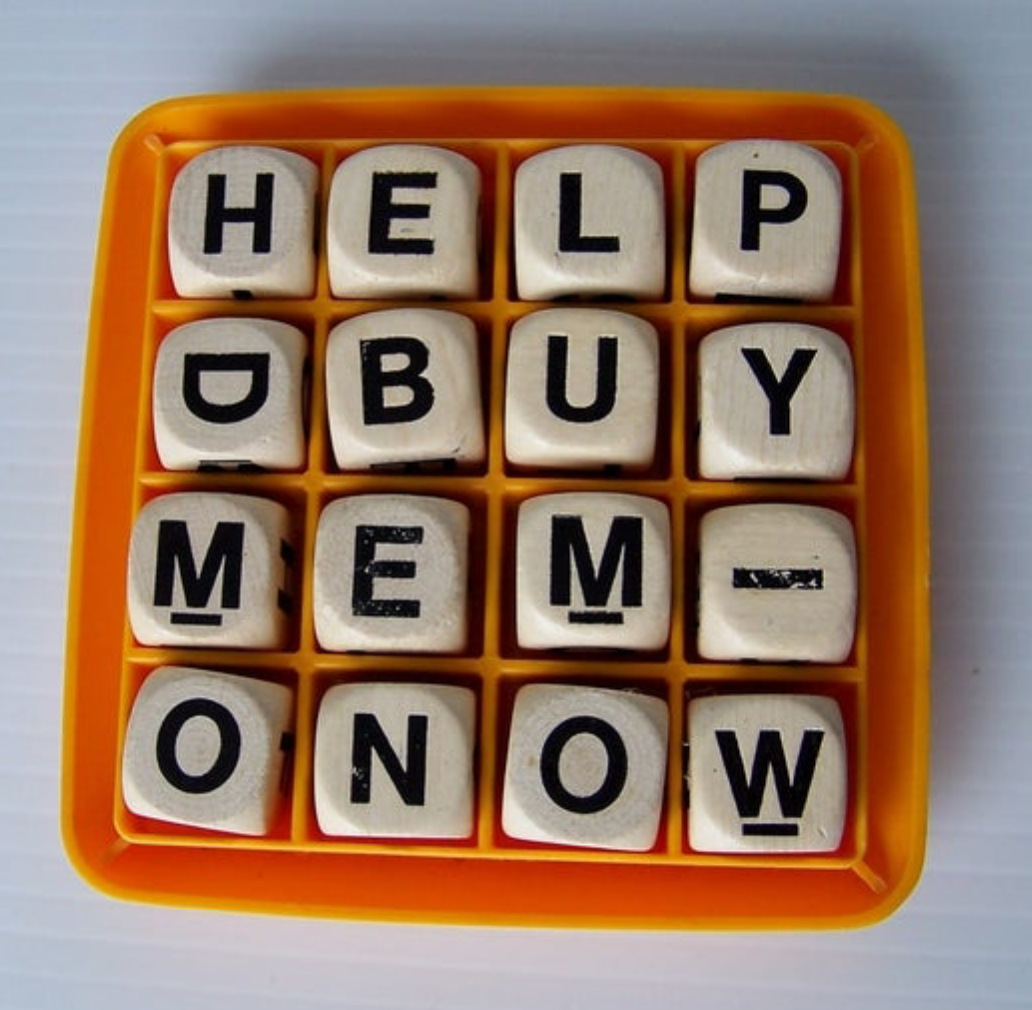"Happy Mother's Day! Hope it's been nice – you deserve it!
"Can you please help me understand <el> (label, angel, quarrel...) vs. <le> (table, apple...)? Kids get some consonant-le instruction, but <el> seems to go by the wayside. I see it's a diminutive suffix from Old French, but am really not sure how to guide my students regarding that. Any thoughts, ideas, suggestions...would be super helpful."
This question came in from a teacher frient (friend-client), and it's my favorite kind: the teacher has organized her own thinking and let me know what investigation she's already done, and what she's learned. The fact that it came in on Mother's Day tells you everything you need to know about how hard my teacher-people work. Don't worry, though. She had a lovely weekend and was catching up on Shameless Spelling in her hammock. It's also a clue to how long I've been working on this post, with a couple short detours for allergies and a graduation party. In the meantime, I also got additional questions from others. By this point, lots of people are waiting on this post. It boggles the mind.
The <el> vs. <le> spelling is an old stumper in the literacy world, and there's no authoratative resource to help navigate it. I have emails about it going back to 2013, so it's high time I set the record straight, in writing. It's a rich question, and there's lots of ground to cover. Buckle up; here we go.

